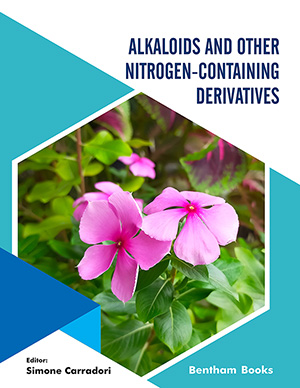Abstract
Morphine, an alkaloid isolated from the opium poppy, has been widely used
as an analgesic, and has been a fascinating synthetic target of organic chemists. All
these opioid drugs produce their biological actions through three receptor types, µ, δ,
and κ, belonging to the G-protein-coupled receptor family. Currently, used opioid
analgesics also share a number of severe side effects, limiting their clinical usefulness.
The chemically highly versatile structure of morphine and its related natural alkaloids
has continuously engaged the interest of pharmaceutical and medicinal chemistry
research, aiming for the synthesis and identification of numerous semi- and synthetic
opioid ligands as safer therapeutic agents or with novel therapeutic properties and with
lesser unwanted side effects with the final goal to reduce complications and to improve
patient compliance. This review provides the first total synthesis reported in 1952 and
focuses on representative examples of various derivatives and interesting approaches
for the development of structurally correlated molecules with substitutions at different
rings position leading to preclinical and clinically valuable opioids.
Keywords: Alkaloid, Morphine, Codeine, Thebaine, Codeinone.






















